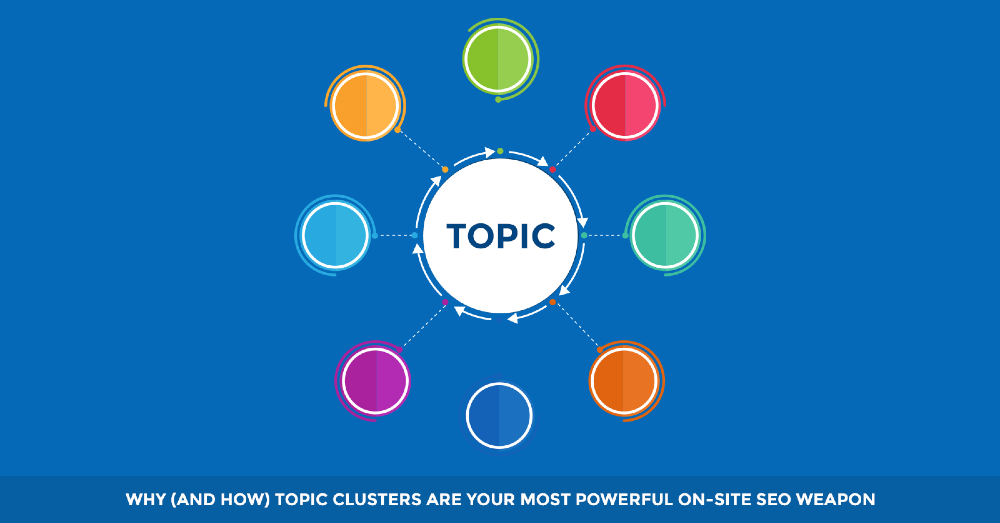Does your Site Load Times really matter? They matter, and they matter in a big way to you and to those who are visiting your website.
Whether you’re concerned about your Google Rankings; which you should be, or you’re mostly concerned about the user experience; which is even more important, load times are important. Think about your own experience with different web sites. How long do you wish to wait for a site to load before you move on to another?
Speed Matters
The speed at which your website loads on a computer or mobile device is now part of the overall ranking by Google Search and Google Ads. When you’re offering products or services, you don’t want a slow website to cause you to lose customers, and now, the speed of your website could cause you to lose your rank in Google as well. Its time to pay attention to the user-centric performance metrics and make sure your site is properly optimized.
What are Site Load Times
Site Load Times are simple to understand. This is the time it takes from when a user clicks the link to the page until a majority of the information is clearly present on the page. This metric is measured on both stationary and mobile devices to ensure you have a website page that offers optimal user experiences for those visiting your site.
Added Pressure for Web Developers
Previously, website development teams didn’t have to be concerned about the speed at which a site would load. Sure, they wanted sites to be fast and easy for customers to use, but speed wasn’t a factor for the Google rankings. It was more important to ensure a web page rank on the first or second page of this search engine based on the content and keyword the user was looking for.
Things Change and Change Quickly
In today’s market, we want to find data and answers quickly. We don’t want to wait for a site to load, we don’t want to be on a delay, and we will skip over sites that don’t work as fast as we do. Because of this, website developers need to focus on Site Load Times and speed tools to make sure their websites perform properly and load as fast as desired.
What If Your Site Load Times are Too High?
If your site is loading slowly, there are some ways that you can improve your Site Load Times. Ask yourself some important questions to see if you might need to make some adjustments to your pages. These questions include:
Are you shipping too much JavaScript? Do you have too many images?
The images and JavaScript of your pages are the most impactful contributors to the load time of your page. This is based on data from HTTP Archive and the Chrome User Experience Report, which are the public data set to give you the key UX metrics you need to pay close attention to. You’ll want to use a couple of tools to evaluate the performance of your site.
Use these Tools to Improve Site Load Speed
PageSpeed Insights
This tool shows you the speed field data for your site. You can find this tool online and make use of it to understand where your site needs to be improved. The PageSpeed Insights tool also gives you suggestions for ways to optimize and improve the speed of your site. Most suggestions are pretty easy to implement right away.
Lighthouse
The Lighthouse tool is a more in-depth tool that provides personalized advice to improve your website. The advice offered can help you improve performance, accessibility, PWA, SEO, and other areas of the site. When you implement the advice given by this tool, you’ll give your entire website an upgrade to ensure better performance for users. A better website translates into a tool that can help your business thrive and be more successful.
Mobile Speed Scores Improve Your ROI
You pay for the website being used and for the development to optimize that website. Because Site Load Speed is an important factor in both your Google Rankings and the end-user experience, you want to ensure your Mobile Speed Scores are as high as they can be. When you receive your Mobile Speed Scores, you can find different ways to improve the score and make your site faster.
The Scoring for Mobile Use
Mobile Speed Scores are rated from one to ten with ten being the fastest. This score is based on real-world user experience information and it considers many factors to determine how your site ranks. These factors include the relationship between page speed and potential conversion rates. The score you receive gives you a report for each of your landing pages to ensure you know which ones need to be improved for optimal performance and end-user satisfaction.
Add Parallel Tracking to the Mix
Parallel tracing is mandatory for all Google Ads accounts. This feature improves the load time for landing pages that have ads on them. Waiting for ads to load is one way that can turn users away, which will reduce the potential for customers to make use of your services. The addition of Parallel tracking sends customers from your ad to the final URL to make the experience smoother and intuitive.
The Next Steps for Improved Site Load Speeds
Review the various tools and reports available to ensure your page speeds are optimized. The process seems simple, but it’s one that you always have to keep an eye on and adjust accordingly. The formula for improving the speed of your website is:
Measure, Optimize, Monitor, and Repeat
You want your website to bring users to your information to take advantage of what your organization has to offer. Whether you’re selling products, trying to solicit donations, offer services, or simply share information, the speed of your website is important to your users, and now its more important to you as well. Make sure your site ranks high on the Google pages by reviewing your Site Load Speed reports and tools for opportunities to optimize and improve.




